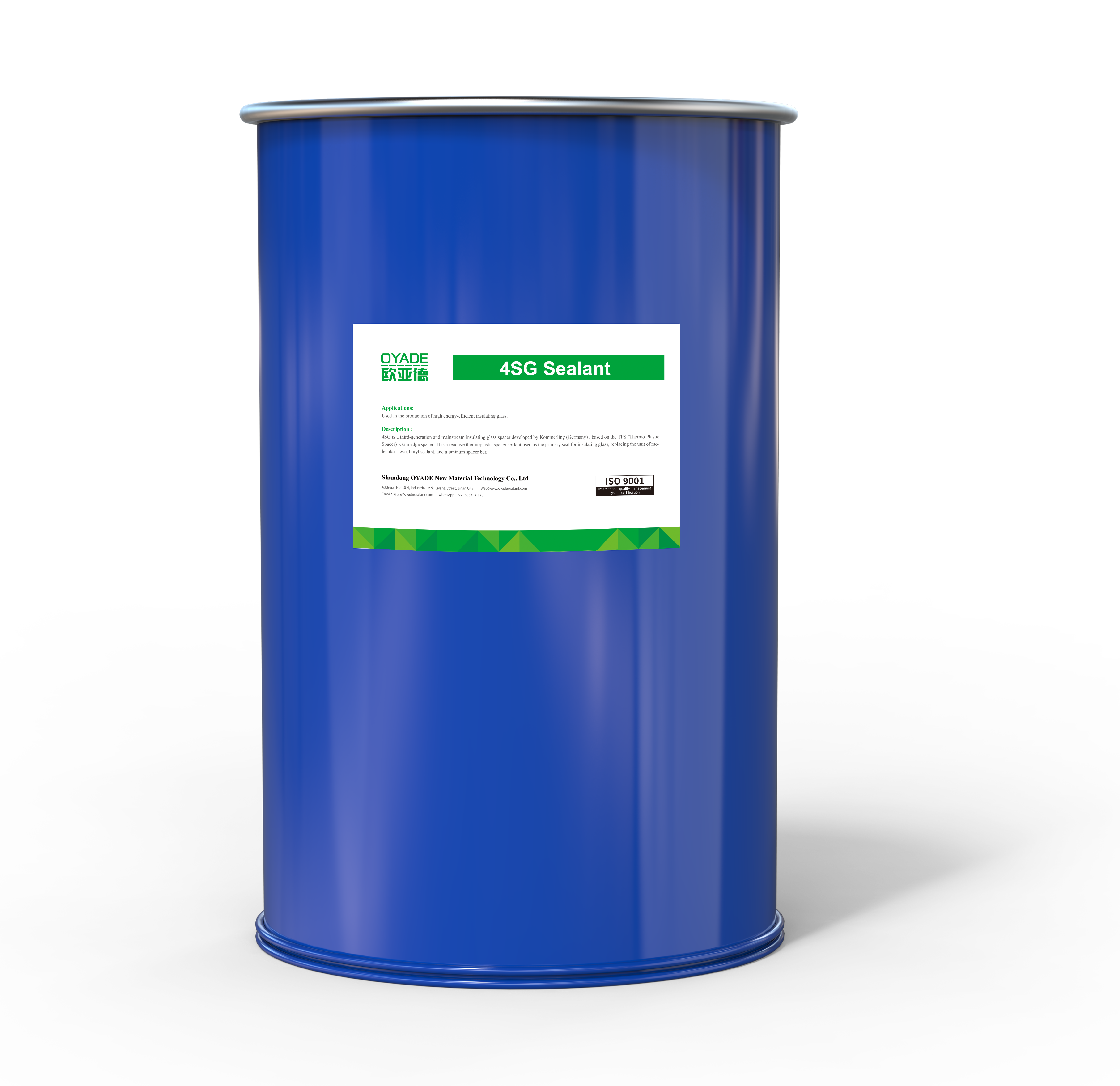
Inquiry


Top


Used in the production of high energy-efficient insulating glass.
4SG is a third-generation and mainstream insulating glass spacer developed by Kommerling (Germany) , based on the TPS (Thermo Plastic Spacer) warm edge spacer . It is a reactive thermoplastic spacer sealant used as the primary seal for insulating glass, replacing the unit of molecular sieve, butyl sealant, and aluminum spacer bar.
Description:
4SG is a third-generation and mainstream insulating glass spacer developed by Kommerling (Germany) , based on the TPS (Thermo Plastic Spacer) warm edge spacer . It is a reactive thermoplastic spacer sealant used as the primary seal for insulating glass, replacing the unit of molecular sieve, butyl sealant, and aluminum spacer bar.
Application:
Used in the production of high energy-efficient insulating glass.
Features:
1. Superior sealing performance
It can effectively block moisture ingress and gas leakage, with an annual argon loss rate of less than 1%, far exceeding national standards. So that ensuring long-term and efficient protection of inert gas inside the IGU.
2. High bonding strength
It combines both physical and chemical adhesion, which provides higher bonding strength and better elastic recovery to the glass and the second sealant.
3. Excellent thermal insulation
It replaces metal spacers, eliminating thermal bridging and reducing edge-zone heat transfer. And when used with inert gas, it will maximize reduction of heat convection and conduction between indoors and outdoors, effectively minimizing condensation and dew formation.
4. High deformation adaptability
It can adapt to the IGU deformation caused by temperature fluctuations and wind pressure, protecting inert gas content and providing higher energy efficiency.
Instructions:
Using specialized equipment to heat the 4SG sealant to the proper temperature (generally between 110°C and 130°C; short-term exposure up to 140 °C is possible but should be avoided for prolonged periods to prevent thermal degradation; temperatures below 105 °C may reduce bonding strength). And then using automated equipment precisely applys the sealant on the edges of the insulating glass unit. Noticed that it is usually used with a secondary sealant, such as polysulfide or silicone sealant.
